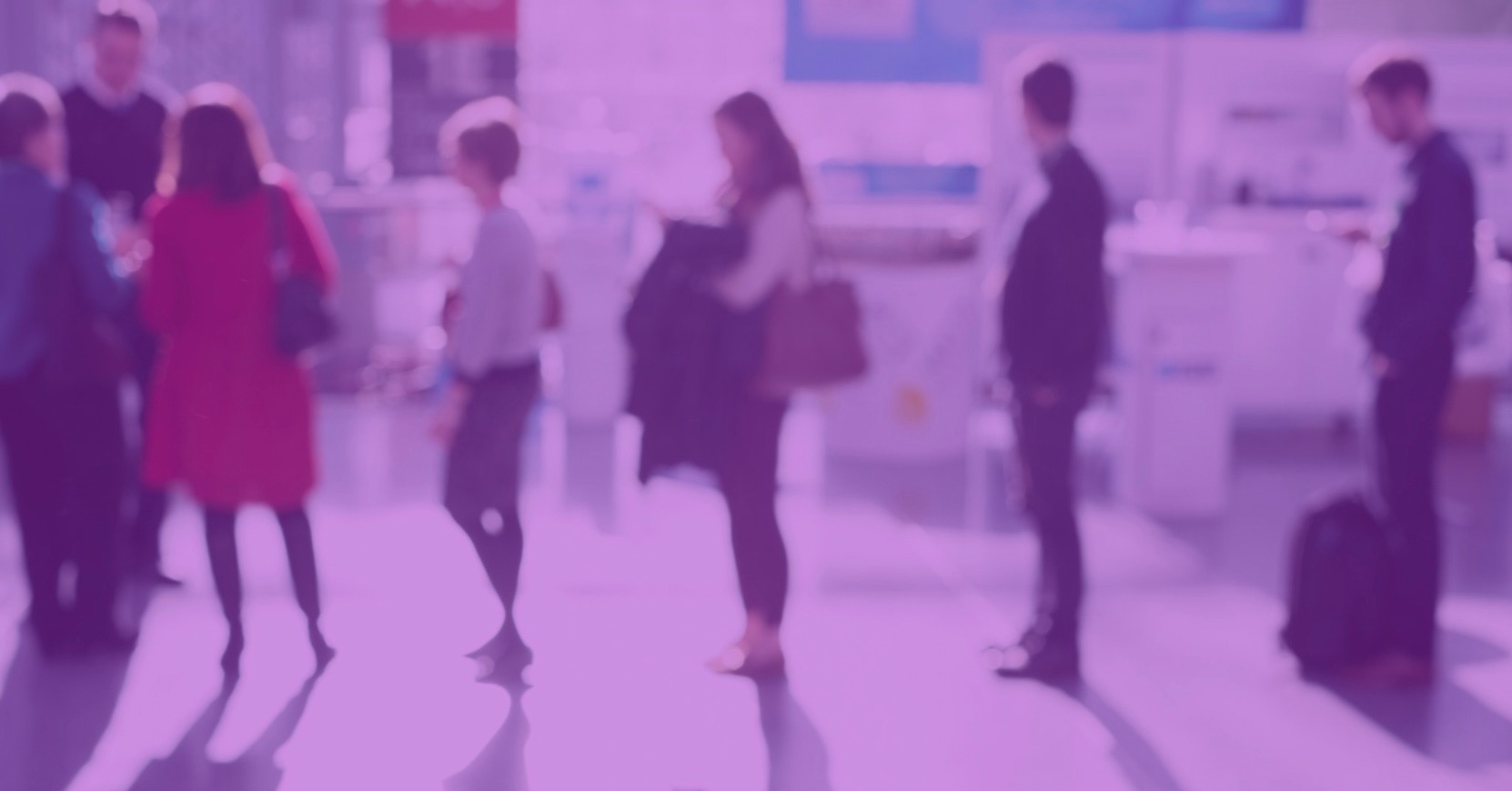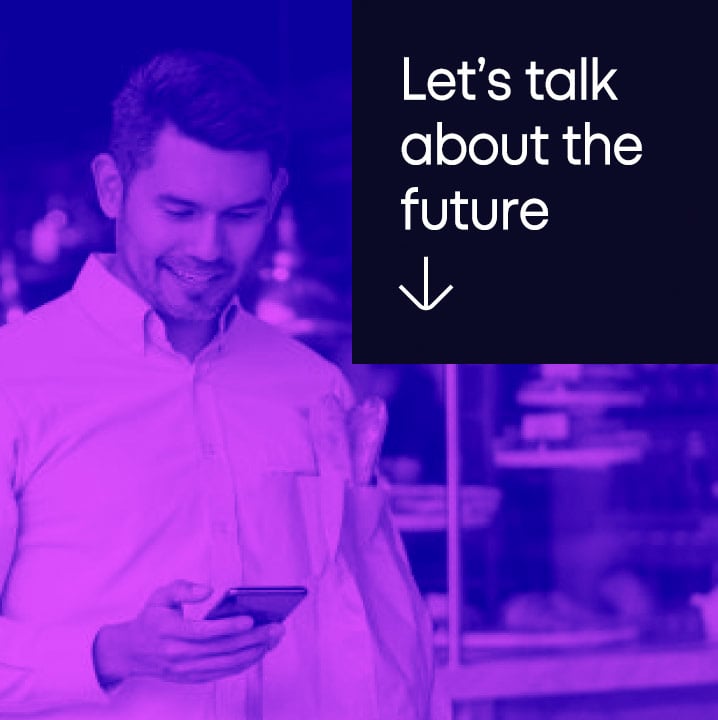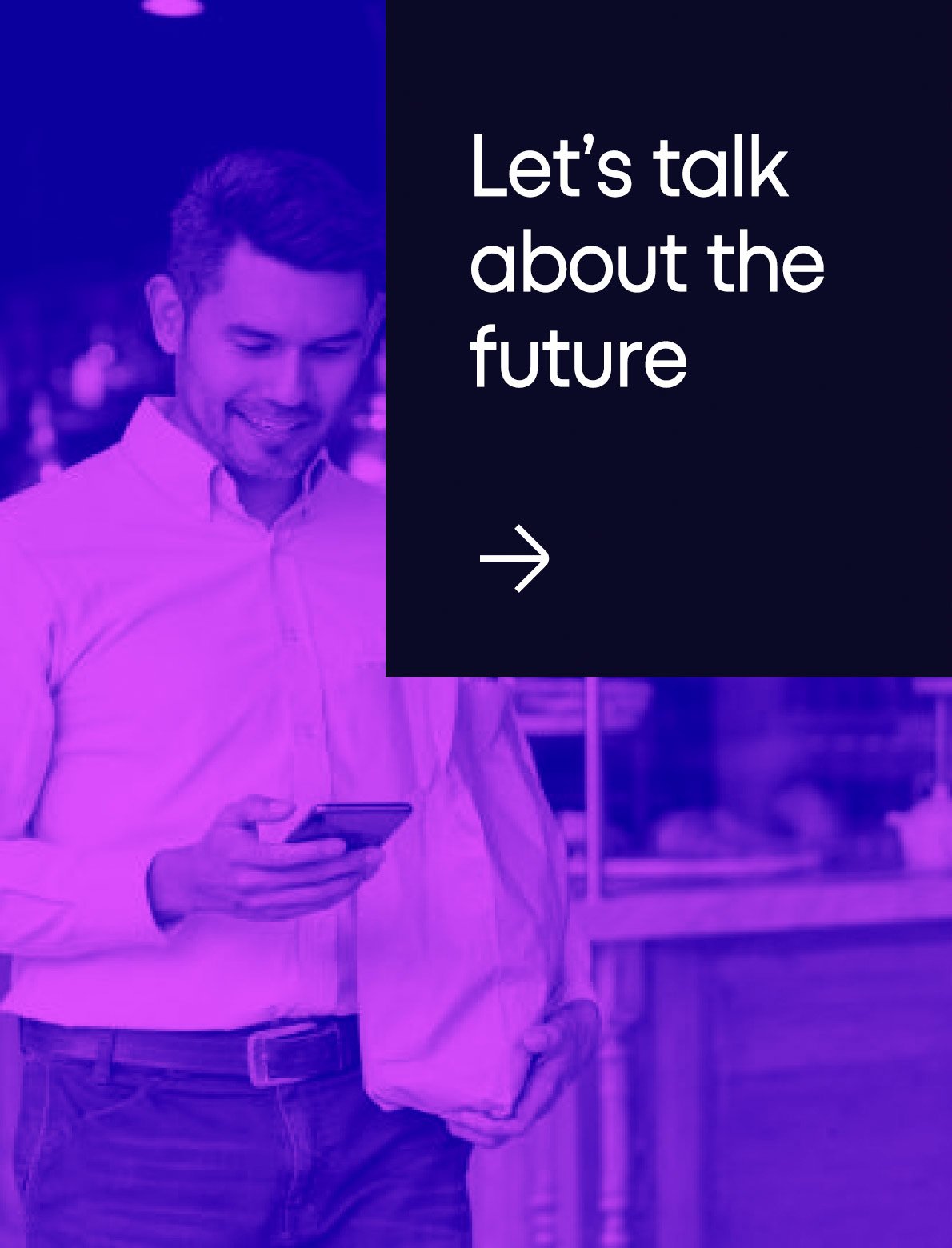For too long, technology has required us to learn new skills and do more tasks—often repetitive, mundane work—to reap its benefits. But that is now changing. Advances in Artificial Intelligence mean technologies can start to actually alleviate our work, rather than pushing more tasks onto us.
At Zippin we call this the Frictionless Economy.
Instead of talking to a computer, we’ve had to learn to code or use a mouse and click through menus or type on a keyboard or touchscreen. To watch TV, play music or control our home environments, we’ve needed to learn each one’s user interface—some intuitive, most not. To buy anything—groceries, clothing, a new phone—we must stand in a line to get them scanned by a human trained to operate a checkout computer. Many stores’ idea of saving us time—the self-checkout line—has only pushed the cashier’s job onto us and created more friction.
AI is starting to rescue us from that, allowing us finally to interact with machines in the same way we interact with people. Voice recognition, language models, gesture recognition, machine learning to spot patterns in data, and predictive analysis are creating natural, human-oriented ways of getting machines to do what we want, removing the friction from the process.
At work, my colleagues and I can schedule meetings without needing trained personal assistants to learn our rhythms and struggle with email and calendars. And of course, Zippin’s checkout-free platform lets me pick up a snack and bottle of water at the airport and pay simply by walking out with them.
From health services to retail experiences, from white collar work to banking, AI and its algorithms are changing the way we get things done, removing the mundane blockers and replacing them with friction-free experiences.
What’s more, by removing the time and grind of friction from interacting with computers, AI lets us focus on building better human connections.
At Zippin, we have just published a new white paper: The Frictionless Economy And Its Positive Impact on Retail, describing some of the ways this is happening for consumers, workers and businesses. Here are some of the highlights:
- Post-covid, online shopping, home delivery and curbside pickup, powered by AI and competing on convenience, have raised our expectations for efficiency in the physical world.
- As even our doctors moved to telemedicine, we’ve become resistant to anything that adds time and effort to our customer experience. Consumers are now recognizing and demanding the removal of that frustrating feeling of friction in their lives — friction that AI can remove. More than a quarter of young adults have already tried checkout-less shopping and liked it.
- White-collar workers also benefit from AI stepping into repetitive tasks that can be automated. At its simplest, why go back and forth trying to schedule a meeting when our calendars can do it for us?
- AI also outperforms humans at forecasting demand and other predictive work. PredictHQ helps clients like Walgreens and Uber recognize upcoming spikes in demand, optimize inventory and staffing, and calculate dynamic pricing by analyzing factors ranging from weather, to special events and airport delays.
In each instance, technology is removing expense and labor to deliver a better, faster service. And as AI language models improve further, soon the way we ask computers to do things will become wholly intuitive and natural. New AI systems are already able to understand as well as generate text, audio, images, and video content at an unprecedented level. This will in time greatly simplify the way technology understands what we want to get done and then is able to execute the tasks.
Finally, in a frictionless economy, technology can fulfill its promise to liberate us all.
Want to know more? Fill out the form below to connect with a Zippin expert.




